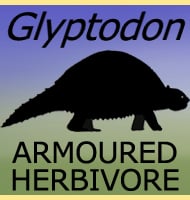Hippodraco
In Depth Hippodraco is a genus of medium sized ornithopod dinosaur that lived in North America during the early Cretaceous. Though still a fairly large dinosaur when compared to a person, Hippodraco paled in comparison to the impressively large Iguanacolossus, which is known from the same member of the Cedar Mountain Formation that Hippodraco was … Read more
